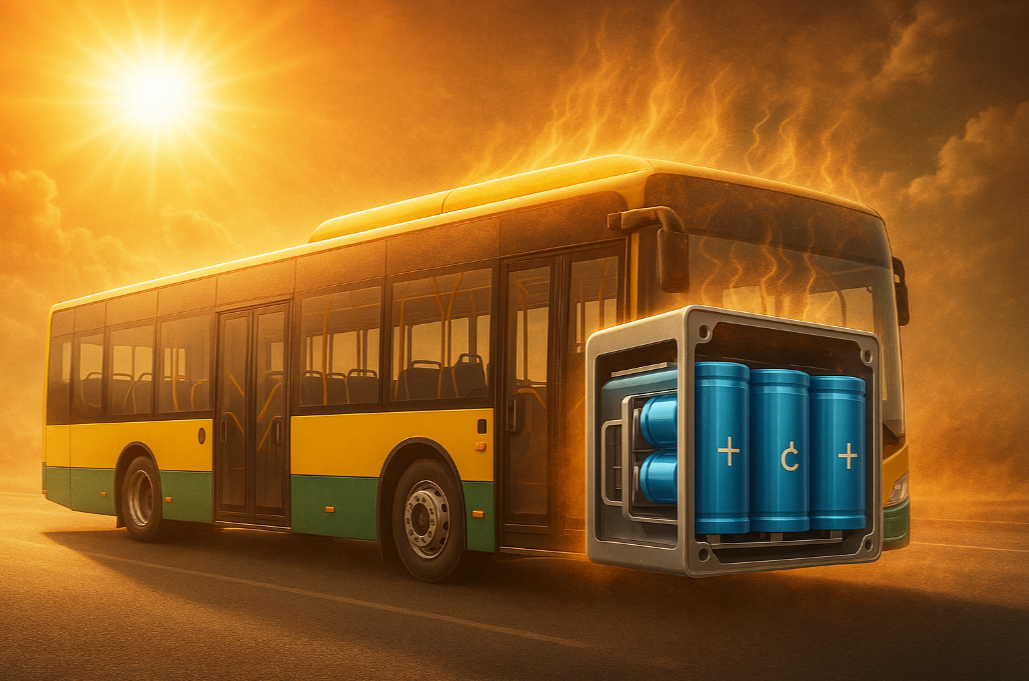Supercapacitors are advanced energy storage devices, offering higher capacity, faster charge/discharge rates, longer cycle life, and high power density compared to traditional capacitors of the same size. These advantages make them widely used in fields like rail transportation, renewable energy storage, industrial equipment, and consumer electronics. However, temperature can significantly affect their performance, and here’s how:
1. Power Density
At room temperature, most supercapacitors maintain good electrochemical stability. As the temperature rises, the diffusion speed of ions in the electrolyte increases, which can improve power density. However, excessively high temperatures can cause the electrolyte to evaporate or decompose, leading to increased internal resistance, reduced capacity, and potential safety risks.
Example: In electric buses, supercapacitors are used for auxiliary startup and brake energy recovery systems. If the vehicle is exposed to high summer temperatures for extended periods, the supercapacitor may suffer from accelerated electrolyte aging, reducing the energy recovery efficiency of the brakes and potentially causing insufficient startup power.
2. Fast Charge/Discharge
Supercapacitors are known for their fast charge/discharge capabilities, but temperature changes can significantly affect this performance. High temperatures can accelerate reactions between electrode materials and electrolytes, which may cause material degradation and reduce lifespan. Low temperatures, on the other hand, slow down ion migration, leading to slower charge/discharge speeds.
Example: In emergency start-up power sources used in northern winters (such as car jump starters), if the built-in supercapacitor isn’t optimized for low temperatures, the startup current may drop significantly in sub-zero temperatures, preventing the vehicle from starting. On the other hand, repeated use in high temperatures can lead to overheating during charging, reducing the supercapacitor’s lifespan.

3. Operational Performance
High temperatures can affect not only the electrochemical reactions inside supercapacitors but also lead to damage to electrode structures and swelling or deformation of the casing, significantly impacting overall performance. Conversely, low temperatures reduce the conductivity of the electrolyte and ion absorption, resulting in a noticeable decrease in capacity.
Example: In solar-powered street lights, supercapacitors are used to store energy collected during the day for use at night. In winter, low temperatures reduce the capacity of the supercapacitors, leading to dimmer lights or shorter operating times. In extremely hot regions, prolonged high temperatures may cause the casing to swell or even leak, affecting the stability of the entire lighting system.
In conclusion, temperature has a significant impact on the performance of supercapacitors. When designing and using supercapacitors, it is crucial to consider their operating environment and choose appropriate temperature ranges to ensure stable performance in both high and low-temperature conditions.
This article is provided by JYH HSU (JEC) Electronics. JEC is a research, development, production, and sales-oriented company specializing in manufacturing and selling various electronic components such as capacitors and resistors.
Post time: Jul-18-2025
